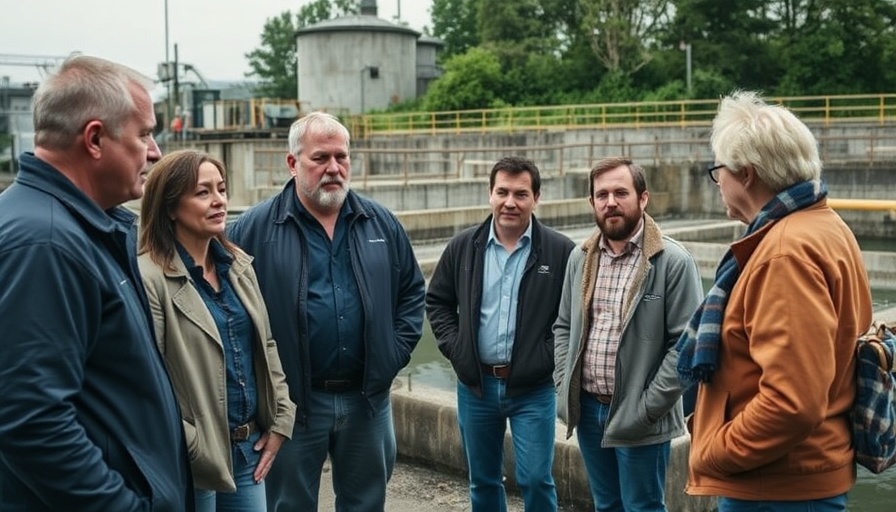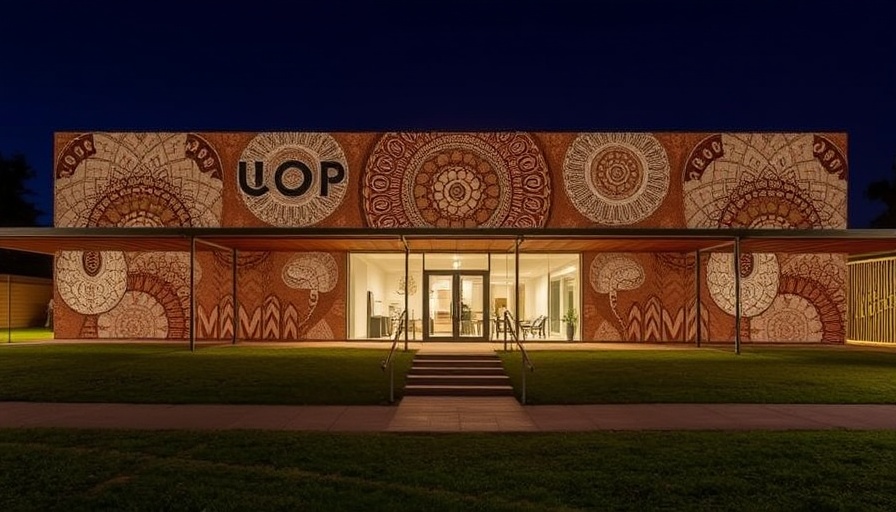
Understanding the Surge in U.S. Electricity Demand by 2050
The United States is on the brink of a significant transformation in its energy consumption, with projections indicating that electricity demand will grow by an astounding 50% by 2050. This increase is driven primarily by the surging energy needs of data centers and a remarkable rise in electric vehicle (EV) adoption. According to a recent study by PA Consulting, presented by the National Electrical Manufacturers Association (NEMA), this dramatic shift is not just a statistic but a reflection of changing technological and environmental priorities in the U.S.
The Driving Forces Behind Electricity Demand
One of the most prominent factors contributing to the increased electricity demand is the anticipated 300% rise in energy use by data centers. With the digitization of various industries and the growing reliance on cloud computing, data centers are rapidly expanding their operations, which necessitates a substantial spike in energy consumption. Additionally, the advent of e-mobility heralds a staggering 9,000% increase in energy demand related to EV charging, further stressing the current power grid.
Regional Variations in Energy Consumption
The study reveals that electricity consumption will not grow evenly across the nation, with particular regions feeling the impacts sooner than others. The Mid-Atlantic and Texas are expected to experience the highest increase in energy demands due to the proliferation of data centers, while the Northeast and Western regions of the U.S. will see more of their energy demand driven by EVs in the latter half of the decade.
The Role of Climate Change and Resilience
This increase in energy demand comes at a time when climate change is intensifying natural disasters. The need for resilient energy sources is becoming ever more critical. Facilities like hospitals and data centers require a dependable energy supply, motivating stakeholders to advocate for innovative technology and policy solutions that aim to create a more reliable energy infrastructure capable of adapting to these challenges.
Future Trends and Predictions for Electric Utilities
As emerging technologies begin reshaping the energy landscape, electric utilities will face substantial challenges and opportunities. With a focus on innovative energy solutions, companies will have to look towards renewable energy sources, energy efficiency programs, and smart grid technology to meet the upcoming demands. The implications of this shift could redefine the economy, create jobs in technological sectors, and improve environmental outcomes.
Making Informed Decisions for a Sustainable Future
The findings from the NEMA study provide a crucial insight into the future of energy consumption in the U.S. Stakeholders, policymakers, and consumers must understand these trends to facilitate discussions on sustainable energy policies and infrastructure improvements. Addressing these challenges head-on will ultimately lead to a more resilient and adaptable energy grid.
In light of these developments, awareness and proactive engagement in energy discussions are essential. By understanding the factors influencing electricity demand, we can appreciate the urgent need for innovative solutions and community-driven energy initiatives.
 Add Row
Add Row  Add
Add 






Write A Comment